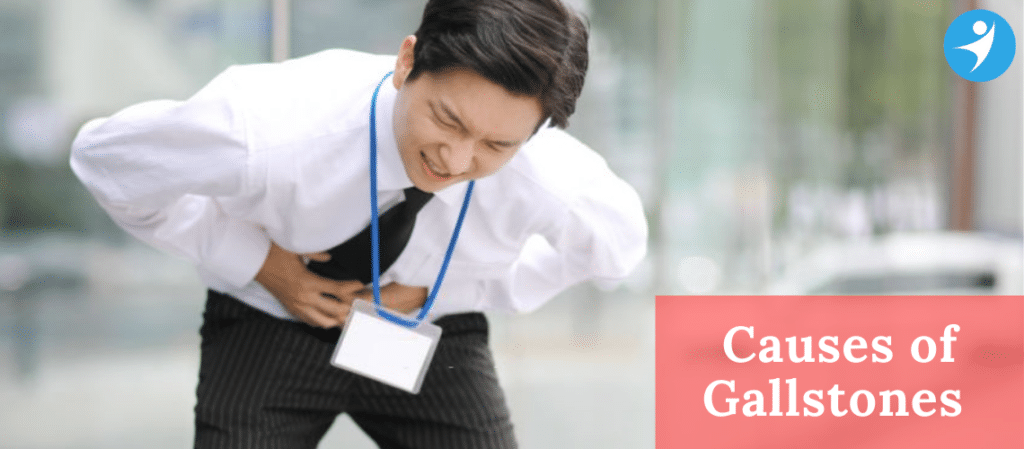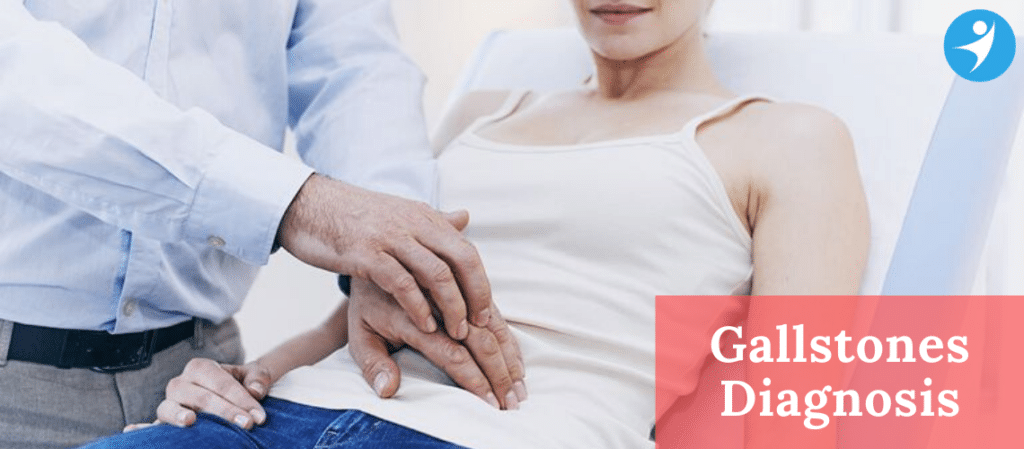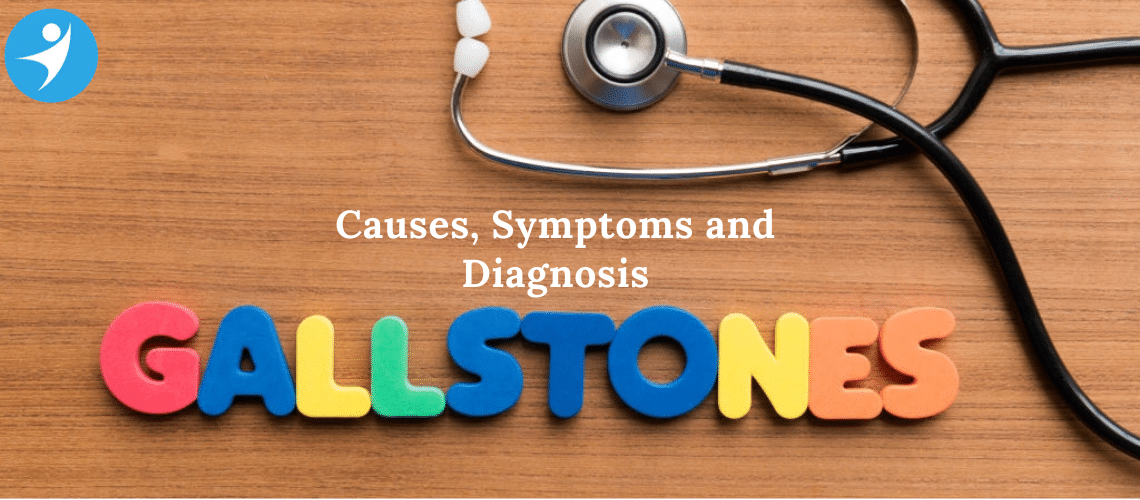Gallstones Treatment in HSR Layout
What are Gallstones?
When the liquid present in the gallbladder solidifies, small crystal-like objects start forming which are called gallstones. Cholelithiasis is the term used to refer to the presence of stones in the gallbladder.
The liver produces bile which is then drained into the starting portion of the small intestine. This helps in digestion. Within the time between meals, bile gets stored in the gallbladder. It consists of water and solid items such as fats, salts, proteins and cholesterol. A yellow pigment named bilirubin is also present in it. Bile stored in the gallbladder can give rise to the formation of crystals and when these crystals grow, they develop as gallstones.
Gallstone distribution types are different for adults and children. While gallstones in adults are made 75% of cholesterol stones, children have it less than 25%. Nearly half of the gallstones in children are made up of black pigment. These stones are commonly formed due to certain blood disorders in which bile becomes supersaturated with calcium bilirubin. Adults rarely get calcium carbonate stones whereas it accounts for about 25% of the children gallstones. Nearly 5% of children have protein gallstones.
The gallstones block the flow of bile while passing through the ducts of the biliary tract. The forming of gallstones in the biliary tract ducts is called choledocholithiasis. Whereas, cholecystitis refers to the inflammation and swelling of the gallbladder. The major cause of cholecystitis is cholelithiasis. If a gallstone lodges in the duct and blocks flowing of bile it could cause infection known as cholangitis.
What causes Cholelithiasis and who is at risk of developing Gallstones?

Though the root causes of gallstones are not known yet, the factors that could lead to its development are:
- Some particular inherited red blood cells disorders, e.g. sickle cell disease, spherocytosis
- Obesity
- Hereditary gallstone issues
- Certain medicines, such as contraceptives
- During Pregnancy
- Prolonged parenteral (intravenous) nutrition
- Abdominal surgery
- Crohn’s disease
Other minor risk factors include sudden weight loss, kidney failure, fasting for long time periods.
Similarly, some certain genetic conditions like progressive familial intrahepatic cholestasis type 3, can also predispose to gallstone formation in children.
How common are Gallstones?
Gallstones are very common in adults. In the United States alone, approximately 25 million adults get affected by it per year. Cholelithiasis, though considered a rare phenomenon in children, there has been a significant rise in the diagnosis of gallstones. A few studies have indicated that about 2%of children have the probability of having gallstones. The wide usage of ultrasound technique and the growing obesity problem are some of the likely reasons for this increase.
What are the Signs and Symptoms of Gallstones?
At times, even after the gallstones are formed, they do not show any symptoms. Pain in the right upper or upper-middle part of the abdomen is a commonly observed symptom. The pain is intensely felt after having meals. Other symptoms are nausea and vomiting. For children, it becomes difficult to realize and pinpoint their pain. The pain can be sensed as:
- In the right upper or middle upper part of the abdomen
- Feel like spreading to the back or centering between the shoulder blades
- Sharp cramps
- Reappearing and going away after a while
- Experiencing after having a meal
- The pain getting worse if ate fat-filled or greasy food items
When a gallstone blocks the duct, children can suffer or feel some of these symptoms:
- Nausea
- Frequent Vomiting
- Fever sweats or chills
- Jaundice
How are Gallstones Diagnosed?

Gallstones are mainly diagnosed depending on the history of its location, frequency, severity and how long the pain persists. It can be suspected with may be suspected unusual triggers of high-fat meals. A physical exam can help in diagnosing gallstones. However, to confirm the diagnosis an ultrasound is used.
There are other imaging methods too used to search for the gallstones or blocked ducts. It can also help check the functioning of the gallbladder.
Most surgeons use the laparoscopic surgery which is sometimes referred to as minimally invasive surgery to remove the gallbladder.

